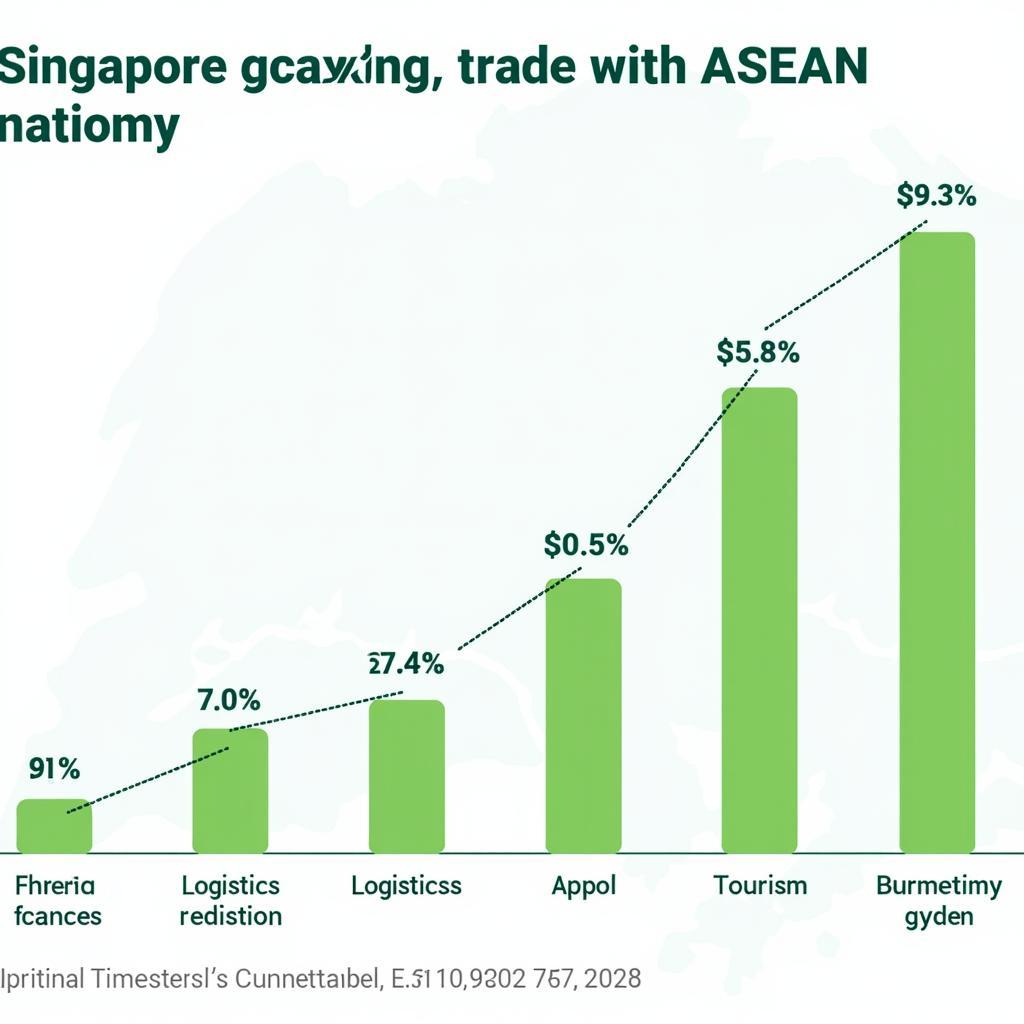The Association of Southeast Asian Nations, more commonly known as ASEAN, is a political and economic union of 10 member states in Southeast Asia. Established on August 8, 1967, with the signing of the ASEAN Declaration (Bangkok Declaration), the organization has played a pivotal role in fostering regional cooperation and development. This article will delve into the individual members of ASEAN, highlighting their unique characteristics, contributions to the bloc, and aspirations for the future.
A Diverse Tapestry: Exploring the 10 Members of ASEAN Integration
ASEAN’s strength lies in its diversity. Each member nation brings a unique blend of culture, history, and economic prowess to the table, contributing to a dynamic and vibrant regional identity. Let’s take a closer look at the 10 members of ASEAN integration:
-
Brunei Darussalam: Known for its oil and gas reserves, Brunei is one of the wealthiest nations per capita in the world. Its commitment to Islamic values and Malay culture adds a unique dimension to ASEAN’s cultural landscape.
-
Cambodia: Recovering from a turbulent past, Cambodia has emerged as a significant tourist destination, renowned for the majestic temples of Angkor. Its agricultural sector remains vital to its economy.
-
Indonesia: As the largest archipelago nation globally, Indonesia boasts incredible biodiversity and a rich cultural heritage. Its youthful population and growing middle class make it a major economic player in the region.
-
Laos: Known as the “Land of a Million Elephants,” Laos is a landlocked country with breathtaking natural landscapes. Its economy is largely dependent on hydropower and agriculture.
-
Malaysia: A melting pot of cultures, Malaysia boasts a thriving economy driven by manufacturing, technology, and tourism. Its iconic Petronas Towers symbolize its modern outlook.
-
Myanmar: Rich in natural resources and cultural heritage, Myanmar is gradually opening up to the world. Its transition to democracy and economic reforms hold significant potential for growth.
-
The Philippines: An archipelago of over 7,000 islands, the Philippines is known for its warm hospitality and vibrant culture. Its service sector, particularly in business process outsourcing, is a key economic driver.
-
Singapore: A global financial hub and technological powerhouse, Singapore’s success story is a testament to its strategic location, efficient governance, and skilled workforce.
-
Thailand: From bustling cities to serene beaches, Thailand offers a diverse range of experiences. Its tourism industry is a significant contributor to its economy, while its agricultural sector remains vital.
-
Vietnam: With a rapidly developing economy and a young, dynamic population, Vietnam has emerged as a manufacturing hub and a key player in global supply chains.
ASEAN Membership: A Gateway to Regional Cooperation and Growth
These 10 members of ASEAN collectively represent a powerful economic force, a vibrant cultural tapestry, and a region brimming with potential. Through their participation in ASEAN, these nations benefit from:
-
Economic Integration: ASEAN promotes free trade agreements, facilitates investment flows, and encourages economic cooperation among its members.
-
Political and Security Cooperation: ASEAN provides a platform for dialogue and collaboration on regional security issues, promoting peace and stability in Southeast Asia.
-
Socio-Cultural Cooperation: ASEAN fosters cultural exchange, promotes understanding between its diverse populations, and addresses social development issues.
Looking Ahead: The Future of ASEAN and its Members
As ASEAN continues to evolve, its member states are committed to deepening integration, enhancing connectivity, and promoting inclusive growth. The 11 members of ASEAN are actively working towards:
-
ASEAN Community Vision 2025: This roadmap outlines a shared vision for a more integrated, resilient, and prosperous ASEAN.
-
Digital Economy: ASEAN is embracing the digital revolution, promoting e-commerce, digital skills development, and innovation.
-
Sustainable Development: ASEAN is committed to addressing climate change, promoting environmental protection, and ensuring sustainable development.
Frequently Asked Questions about ASEAN Members
1. What are the official languages of ASEAN?
While ASEAN recognizes the importance of linguistic diversity, its official working language is English.
2. How does ASEAN membership benefit its citizens?
ASEAN membership brings numerous benefits to citizens, including increased travel opportunities, access to a wider market for goods and services, and enhanced cultural exchange.
3. What are some of the challenges faced by ASEAN members?
Despite its successes, ASEAN faces challenges such as narrowing the development gap between member states, addressing territorial disputes, and combating transnational crime.
4. How can I learn more about specific members of asean?
Asean Media provides a wealth of information on each member state, including their history, culture, economy, and tourism opportunities.
5. What is the role of ASEAN in global affairs?
ASEAN plays an increasingly important role in global affairs, engaging in dialogue and cooperation with other regional and international organizations.
Need Help?
For further assistance, please contact us at:
Phone Number: +84 369 020 373
Email: aseanmediadirectory@gmail.com
Address: Ngoc Lien Village, Hiep Hoa, Bac Giang, Vietnam
Our dedicated customer support team is available 24/7 to assist you.

